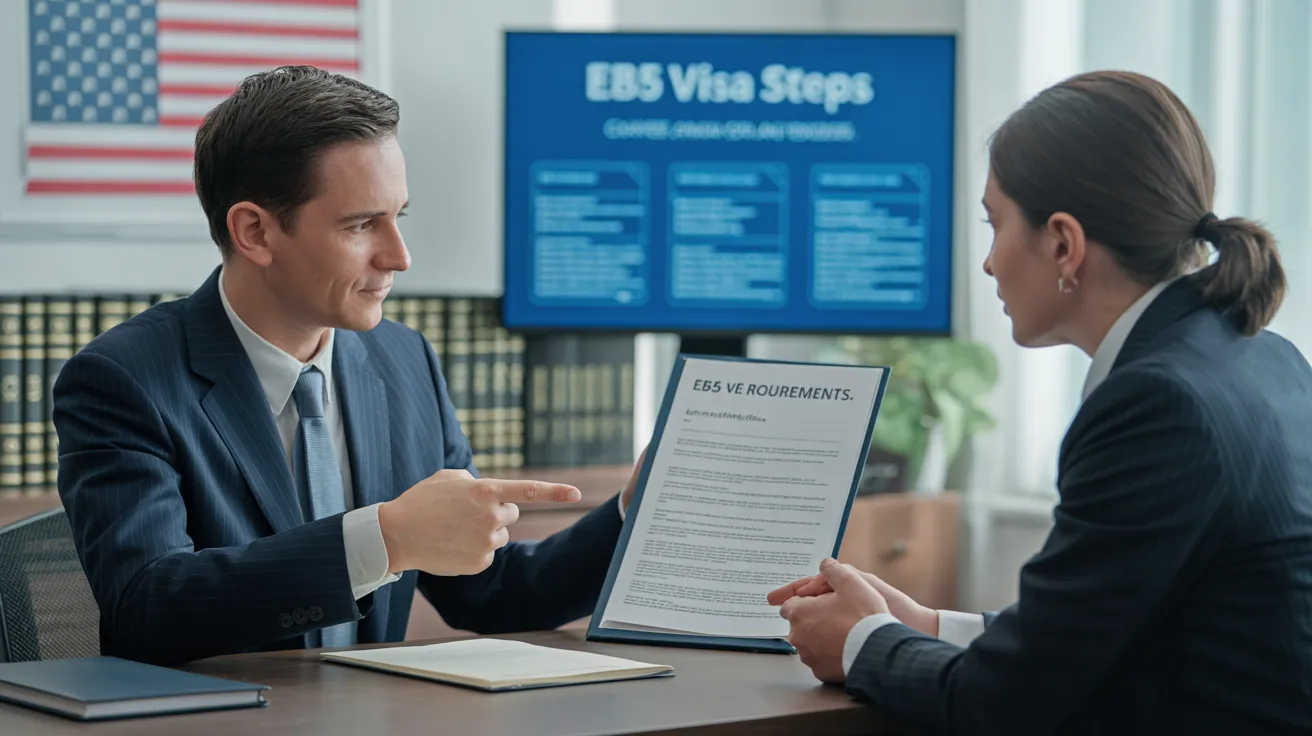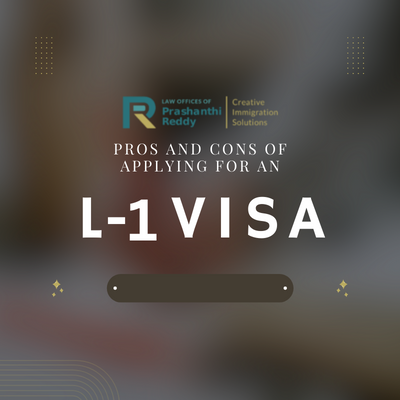The smart Trick of L1 Visa That Nobody is Discussing
Table of Contents4 Simple Techniques For L1 VisaL1 Visa for DummiesAbout L1 VisaL1 Visa Fundamentals ExplainedAn Unbiased View of L1 Visa
L-1 visas are readily available to employees of an international company with workplaces in both the United States and abroad. L1 Visa. The visa allows such foreign workers to relocate to the firm's United States office after having worked abroad for the firm for at the very least one constant year within the previous three before admission in the United StatesOne L-1 visa can permit numerous workers access right into the United States.
Considering that 2000, Indian nationals are the largest receivers of L-1 visas. The variety of L-1 visas offered to Indian nationals jumped from 4.5 percent in 1997 to 43.8 percent in 2006. In 2019, Indian nationals got 18,354 L-1 visas, making up 23.8% of all L-1 visas provided in 2019. According to USCIS information, the largest employers to get L-1 visas in 2019 were Tata Working as a consultant with 1,542 accepted L-1 visa petitions, Infosys with 517, Amazon with 455, Cognizant with 382, and Deloitte with 305.
Congress created the L-1 visa in 1970. It was introduced as a "noncontroversial change" for international American companies. The initial visa called for that the work tenure match directly before applying for the firm transfer. Congress initially did not define "specialized understanding". In 1980, the State Department provided 26,535 L-1 visas.
The smart Trick of L1 Visa That Nobody is Discussing
Significant Indian outsourcing companies such as Tata, Infosys, and Wipro significantly utilized the L-1 copyright personnel American multinational firms. Fifty percent of Tata's employees brought to the United States came on L-1 visas.
By 2000, Migration and National Service taped 294,658 visa entries. In 2002, Congress allowed L-1 visa partners, that get on an L-2 visa, the consent to function openly within the USA. In 2003, the Us senate Judiciary Committee held a hearing on the L-1 visa. In fiscal year 2004, the number of L-1B visas exceeded the number of L-1A visas.

Candidates who remain in the USA at the time of the filing of the I-129 can ask for a modification of standing from their existing nonimmigrant status (i.e. site visitor, pupil, etc), so long as they remain in condition at the time of the filing of the I-129. If they go out of standing after the L1 Visa attorney filing, yet prior to authorization, there is no unfavorable consequence, and the individual does not accumulate unlawful visibility.
Youngsters of the key L-1 can attend college. The spouse of the main L-1 has an automated right to operate in the USA. Kids can decline paid employment. The spouse can, yet need not, apply with the USCIS for work permission after arriving in the USA and, after issuance of the Employment Permission Document (EAD, Type I-765), might afterwards help any kind of company.
The Greatest Guide To L1 Visa
An I-797 Notification of Activity revealing the approval of the visa request does not ensure that a visa will be released at the United state

The Greatest Guide To L1 Visa
For an L-1 visa applicant, "dual Intent" is permitted: unlike some classes of non-immigrant visas (e.g., J-1 visas (L1 Visa)), L-1 applicants may not be refuted a visa on the basis that they are an intending immigrant to the United States, or that they do not have a home abroad which they do not intend to abandon
Renewal in the United States applies to status just, not the actual visa in the ticket. copyright revival, the candidate must go to a UNITED STATE
An alien can not leave the United States and then reenter without a legitimate L-1 visa, and need to appear directly before a consular policeman copyright issuance.
Not known Facts About L1 Visa
An individual in L-1 condition generally might work just for the requesting business. If the L-1 worker enters based on an L-1 blanket, nevertheless, it generally is feasible for the worker to be relocated the same ability to any type of other associated firm listed L1 Visa law firm on the covering. The L-1 visa program has been criticized for lots of factors.
In one example, The U.S. Department of Labor fined Electronic devices for Imaging $3,500 for paying its L-1 visa employees $1.21 an hour and working a few of them up to 122 hours a week. Some market agents have charged companies of utilizing the L-1 program to replace U.S. employees. Detractors and federal government authorities have mentioned just how the visa program does not define "specialized knowledge" for international workers in the L-1B visa group.